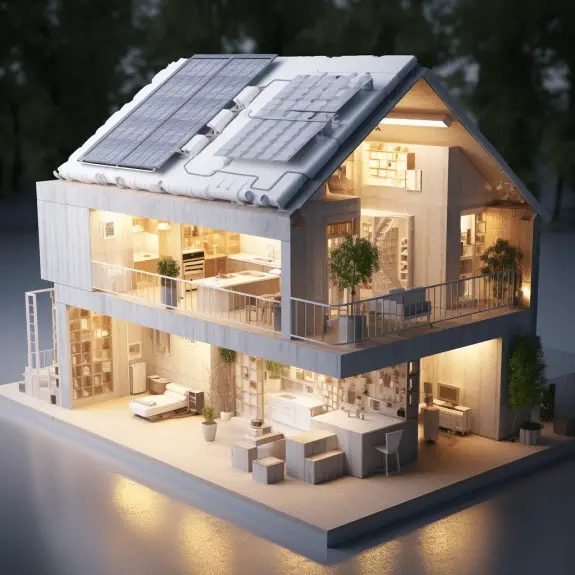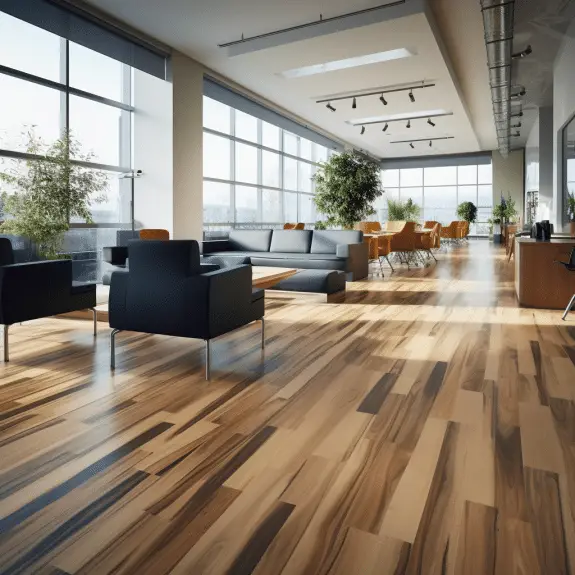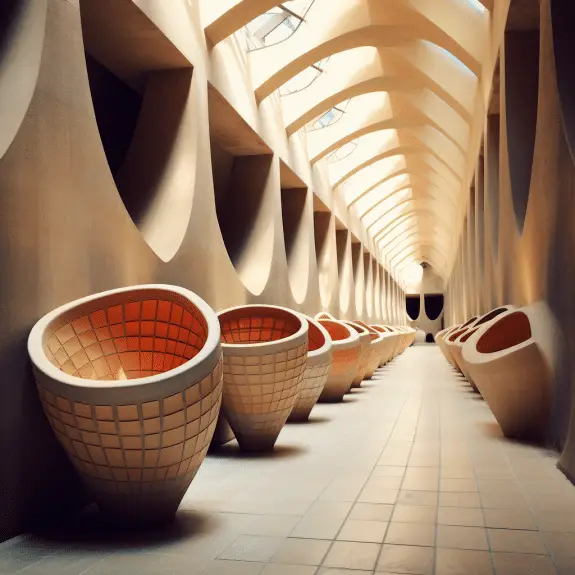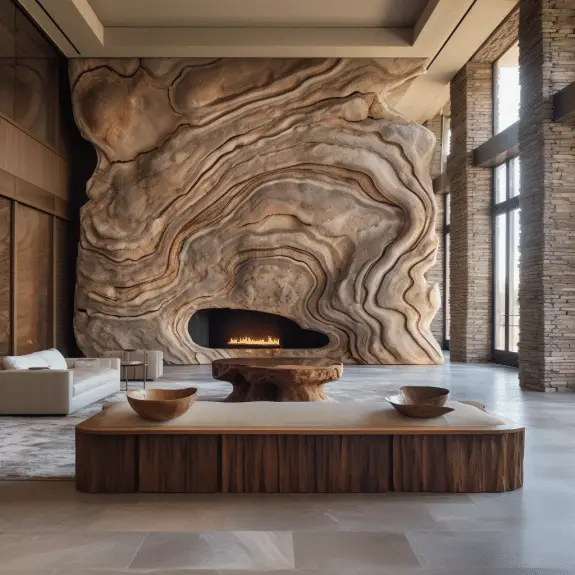Efficiency and Durability of Steel Frame Construction
Steel frame construction offers numerous advantages for commercial projects. It is known for its durability, sustainability, and versatility. Unlike wood or brick, steel does not expand, contract, warp, or crack with moisture exposure. It has high tensile strength and a superior strength-to-weight ratio. Steel framing is also time-efficient, cost-effective, and non-combustible. Additionally, steel frame construction is pest-free, energy-efficient, and a sustainable choice with its high recyclability.
Key Takeaways:
- Steel frame construction provides durability and dimensional stability.
- It is resistant to the elements, such as moisture and weather conditions.
- Steel frame construction offers time efficiency through panelization and off-site construction.
- It allows for cost savings due to reduced labor costs and material waste.
- Steel frame construction is non-combustible, providing added safety against fire incidents.
Durability of Steel Frame Construction
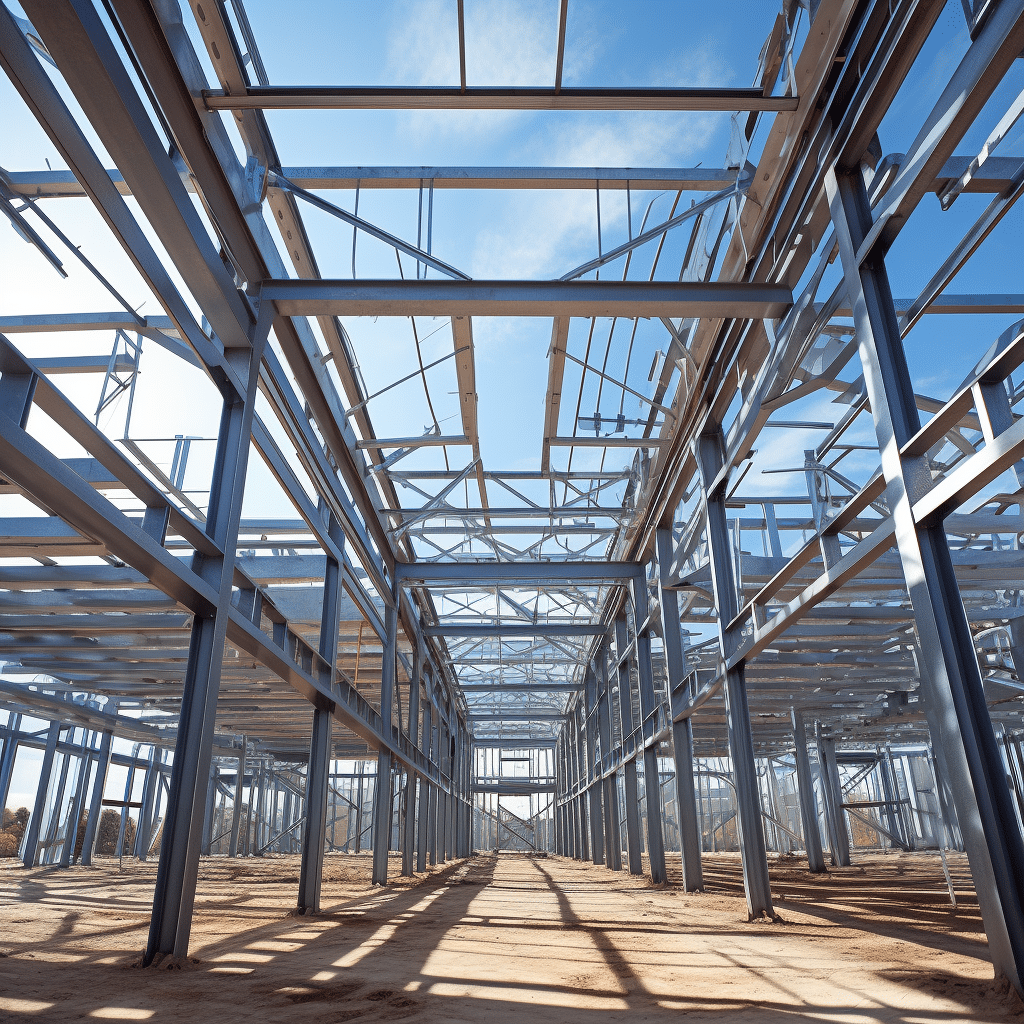
Steel frame construction offers exceptional durability, making it a preferred choice for long-lasting structures. Unlike wood or brick, steel does not warp, split, crack, or creep when exposed to moisture. This dimensional stability ensures the structural integrity of steel-framed buildings over time. With its high tensile strength, steel provides robust resistance against various forces and impacts, further enhancing its durability.
Steel frame construction excels in its resistance to the elements. It does not expand, contract, or distort due to moisture, reducing the risk of damage caused by weather conditions. This makes it particularly advantageous for buildings located in regions with extreme temperatures, high humidity, or coastal environments where exposure to saltwater can be a concern. Steel’s durability and resistance to elemental factors contribute to its long lifespan and reliability in construction projects.
Resistance to Elements
Steel frame construction’s resilience to environmental elements is a key factor in its long-term durability. The following table highlights its performance compared to other materials:
| Element | Steel Frame Construction | Wood Frame Construction | Brick Construction |
|---|---|---|---|
| Moisture | Dimensional stability; no warping, splitting, or cracking | Potential warping, splitting, or cracking | Potential warping, splitting, or cracking |
| Extreme Temperatures | Minimal expansion or contraction | Potential expansion or contraction | Potential expansion or contraction |
| Saltwater Exposure | Resistance to corrosion | Vulnerable to moisture damage and rot | Vulnerable to moisture damage and degradation |
Steel frame construction’s durability and resistance to the elements ensure the longevity and structural integrity of buildings. With its ability to withstand moisture, extreme temperatures, and saltwater exposure, steel outperforms wood and brick in terms of dimensional stability and long-term reliability.
Time Efficiency of Steel Frame Construction
When it comes to construction projects, time is of the essence. That’s where steel frame construction shines, offering remarkable time efficiency that can help projects stay on schedule and within budget. One of the key strategies that contribute to this efficiency is panelization.
Panelization involves assembling wall, floor, and roof sections off-site in a controlled environment, which allows for greater precision and quality control. These pre-fabricated components are then delivered ready to be assembled, reducing the time spent on the actual construction site. With off-site construction techniques like panelization, steel frame projects can be completed in a shorter timeframe compared to traditional on-site construction methods.
This time efficiency not only translates to cost savings but also accelerates project delivery. By streamlining the construction process, steel frame construction enables faster occupancy of the building, reducing the overall project timeline. This is particularly beneficial for commercial projects with tight deadlines or where time is a critical factor.
The Advantages of Panelization
Panelization offers several advantages over conventional on-site construction. Here are some key benefits:
- Quality Control: With panelization, components are manufactured in a controlled environment, ensuring consistent quality and minimizing errors.
- Reduced Labor Requirements: Panelized components are delivered ready for assembly, reducing the need for extensive on-site labor.
- Minimized Disruptions: Off-site construction helps minimize disruptions on the construction site, as a significant portion of the work is completed elsewhere.
- Enhanced Safety: Panelization reduces the risks associated with on-site construction, as fewer workers are needed in potentially hazardous areas.
In conclusion, steel frame construction’s time efficiency is a valuable asset for commercial projects. Through the use of panelization and off-site construction techniques, projects can be completed in a shorter timeframe, saving both time and money. The advantages of panelization, such as improved quality control and reduced labor requirements, contribute to the overall efficiency and success of steel frame construction projects. With its ability to meet tight deadlines and accelerate project delivery, steel frame construction is a reliable choice for time-sensitive construction projects.
| Advantages of Panelization | Benefits |
|---|---|
| Quality Control | Ensures consistent quality and minimizes errors |
| Reduced Labor Requirements | Less on-site labor needed for assembly |
| Minimized Disruptions | Reduces disruptions on the construction site |
| Enhanced Safety | Fewer workers in potentially hazardous areas |
Cost Savings of Steel Frame Construction
When considering the total cost of construction, steel frame construction offers significant cost benefits that make it a competitive choice. While the upfront cost of steel framing may be higher compared to other materials, the long-term savings outweigh the initial investment. One of the major cost-saving factors is the durability of steel. Steel framing is known for its strength and resistance to warping, cracking, and moisture damage, which reduces the need for costly repairs and maintenance over time.
Moreover, steel frame construction offers time efficiency through the use of panelization. This method involves assembling wall, floor, and roof sections off-site, which not only speeds up the construction process but also ensures greater quality control. By implementing off-site construction techniques, steel frame projects can be completed in a shorter timeframe compared to traditional on-site construction methods. This results in lower labor costs and faster project delivery, contributing to overall cost savings.
Additionally, the design flexibility of steel frame construction allows for efficient use of materials and minimizes waste. Steel components can be accurately fabricated to precise measurements, reducing the amount of material needed and minimizing waste. This efficient use of materials not only saves costs but also aligns with sustainable construction practices, promoting environmental responsibility.
| Cost Saving Factors | Description |
|---|---|
| Long-term Durability | Reduces the need for repairs and maintenance over time, saving costs. |
| Time Efficiency | Shorter construction timelines result in lower labor costs. |
| Efficient Material Use | Reduces waste and minimizes material costs. |
Testimonial:
“Steel frame construction saved us a significant amount of money in the long run. Not only did we avoid expensive repairs and maintenance, but the faster construction timeline also helped us save on labor costs. The design flexibility of steel allowed us to optimize material usage, reducing waste and minimizing expenses. Overall, the cost savings of steel frame construction made it an excellent choice for our project.” – John Smith, Project Manager
In conclusion, steel frame construction provides substantial cost savings in multiple aspects of the construction process. From long-term durability to time efficiency and efficient material use, steel framing offers a cost-effective solution for commercial projects. By choosing steel, project owners can achieve cost savings while also benefiting from the structural strength, versatility, and sustainability that steel frame construction brings.
Non-Combustibility of Steel Frame Construction
When it comes to safeguarding assets, the non-combustibility of steel frame construction is a crucial advantage. Unlike wood structures that can contribute to the spread of fire, steel-framed buildings provide added safety and protection. Steel has a high melting point, and while its stiffness and yield strength may be reduced at high temperatures, modern building codes and fire protection measures account for these factors. This makes steel frame construction a preferred choice, particularly in areas prone to fire incidents.
“The non-combustibility of steel frame construction ensures peace of mind for building owners and occupants alike. With steel framing, the risk of fire damage is greatly reduced, minimizing potential loss and ensuring the integrity of the structure.”
In a comparative study conducted by the National Fire Protection Association, steel frame construction exhibited superior fire resistance when compared to other building materials. The study concluded that the use of steel framing significantly reduced the spread and intensity of fire, safeguarding both lives and assets. With its non-combustible nature, steel frame construction provides a reliable solution for fire safety.
Table: Fire Resistance Comparison
| Building Material | Fire Resistance Rating |
|---|---|
| Steel Frame Construction | High |
| Wood Frame Construction | Low |
| Concrete Construction | High |
As demonstrated in the table above, steel frame construction boasts a high fire resistance rating, surpassing that of wood frame construction. This underscores the importance of choosing a non-combustible material for safeguarding against fire accidents and protecting valuable assets. With steel framing, building owners can have confidence in the structural integrity and durability of their properties, even in the face of potential fire hazards.
Longevity of Steel Frame Construction
One of the key advantages of steel frame construction is its exceptional longevity. Steel framing is highly resistant to corrosion, mold, and vermin, ensuring the integrity and stability of the structure over an extended period of time. This resistance to environmental factors makes steel frame construction a reliable choice for buildings that require long-lasting durability.
Compared to other building materials, steel framing requires minimal maintenance and has few warranty claims or call-backs. The inorganic nature of steel makes it less susceptible to damage caused by moisture, pests, and decay. This low-maintenance requirement saves building owners both time and money in the long run, making steel frame construction a cost-effective option.
Furthermore, the longevity of steel frame construction contributes to its sustainability. By choosing a material that can withstand the test of time, the need for frequent renovations or replacements is significantly reduced. This not only minimizes the environmental impact but also offers long-term cost savings for the building owner.
Table: Comparison of Longevity Factors
| Longevity Factors | Steel Frame Construction | Alternative Materials |
|---|---|---|
| Resistance to Corrosion | High | Varies |
| Resistance to Mold | High | Varies |
| Resistance to Vermin | High | Varies |
Note: The table above showcases the superior longevity factors of steel frame construction compared to alternative materials. The specific level of resistance may vary depending on the material used, but steel consistently demonstrates high durability in these areas.
Low Maintenance of Steel Frame Construction
Steel-framed buildings require minimal maintenance and offer lower repair costs compared to other construction methods. The inherent properties of steel make it highly resistant to common issues such as rot, termites, and moisture damage. This reduces the risk of structural deterioration and the need for costly repairs over time. By choosing steel frame construction, building owners can enjoy the benefits of a low-maintenance structure that maintains its integrity and aesthetics for years to come.
The resistance to rot is one of the key advantages of steel frame construction. Unlike wood, steel does not absorb moisture, which is a common cause of rot. This means that steel-framed buildings are less susceptible to decay and require minimal upkeep to prevent or address rot-related problems. By eliminating the risk of rot, steel frame construction offers enhanced longevity and preserves the structural integrity of the building.
Another significant benefit of steel frame construction is its resistance to termites. Termites can cause extensive damage to wooden structures, compromising their stability and safety. Steel, however, is not a food source for termites, making it an effective defense against infestations. By choosing steel framing, property owners can mitigate the risk of termite damage, ensuring the long-term protection of their investment.
Table: Comparison of Maintenance Requirements
| Construction Material | Maintenance Requirements |
|---|---|
| Steel Frame | Minimal maintenance required. Resistant to rot, termites, and moisture damage. |
| Wood Frame | Regular inspection and maintenance necessary to prevent rot and termite infestation. |
| Brick and Mortar | Periodic maintenance required to address cracks, weathering, and water damage. |
In addition to the resistance to rot and termites, steel frame construction is also highly resilient against moisture damage. Steel does not absorb moisture, preventing the growth of mold and the deterioration of the building’s structural components. This reduces the need for extensive moisture control measures and maintenance associated with mold prevention. The low-moisture absorption properties of steel enhance the overall durability and longevity of steel-framed buildings.
Pest-Free Features of Steel Frame Construction
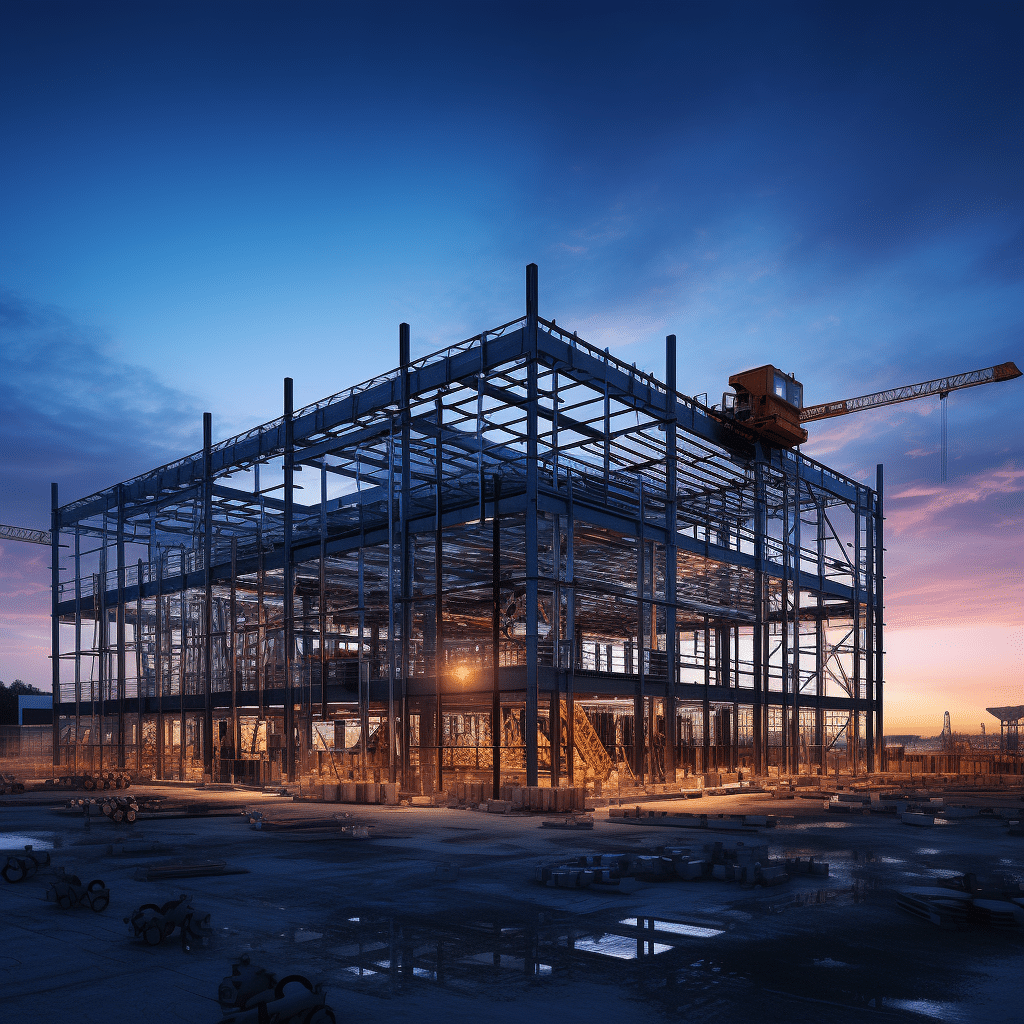
One of the significant advantages of pest-free nature. Steel is not a desirable food source for termites and other burrowing insects, making it an effective defense against potential infestations. Termites can cause extensive damage to buildings, surpassing the destructive impact of fire, floods, and storms combined. By choosing steel framing, property owners can protect their assets and ensure a long-lasting, pest-free structure.
With its resistance to termites, solution for property owners looking to safeguard their investments. Unlike traditional construction materials like wood, steel does not provide the organic matter that termites feed on, effectively keeping these destructive pests at bay. This pest-resistant feature offers peace of mind to building owners, reducing the risk of structural damage and the need for costly repairs.
Property owners can not only protect their assets but also enjoy the long-term benefits of a pest-free environment. Steel’s inorganic nature prevents the onset of termite infestations and eliminates the need for extensive pest control measures. This not only saves time and money but also ensures the integrity and longevity of the building.
| Pest-Free Features of Steel Frame Construction | Benefits |
|---|---|
| Resistance to Termites | Prevents termite infestations and structural damage |
| Property Protection | Safeguards assets against potential pest-related damage |
| Long-Term Durability | Ensures the integrity and longevity of the structure |
Conclusion
Steel frame construction offers a multitude of benefits that make it an excellent choice for commercial projects. Its durability sets it apart from other materials, as steel does not warp, crack, or degrade with exposure to moisture. With its high tensile strength and superior strength-to-weight ratio, steel framing provides structural resilience and stability.
Not only is steel frame construction time-efficient, thanks to the off-site panelization method, but it also offers cost savings by reducing labor and maintenance expenses. The non-combustibility of steel ensures added safety and protects assets, while its resistance to corrosion, mold, and pests guarantees longevity and low maintenance requirements.
Overall, steel frame construction is a versatile, sustainable, and reliable option for creating commercial buildings. Despite some considerations like thermal conductivity, the advantages of steel frame construction outweigh the drawbacks. With its ability to deliver durable, resilient, and cost-effective structures, steel frame construction is the preferred choice for a wide range of applications.





